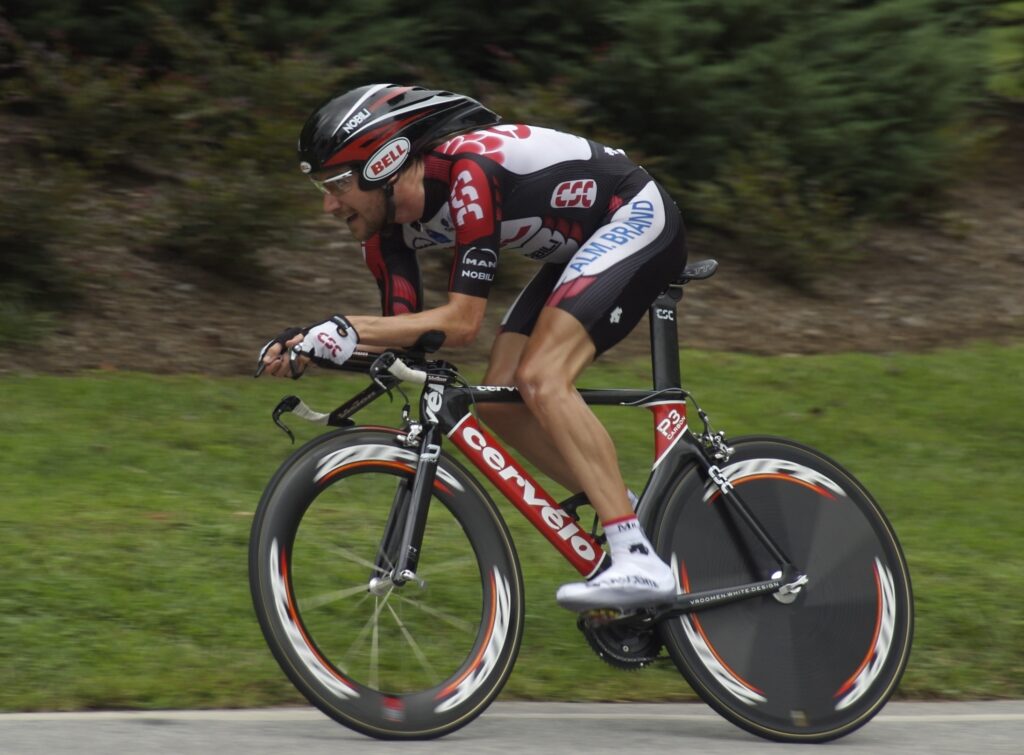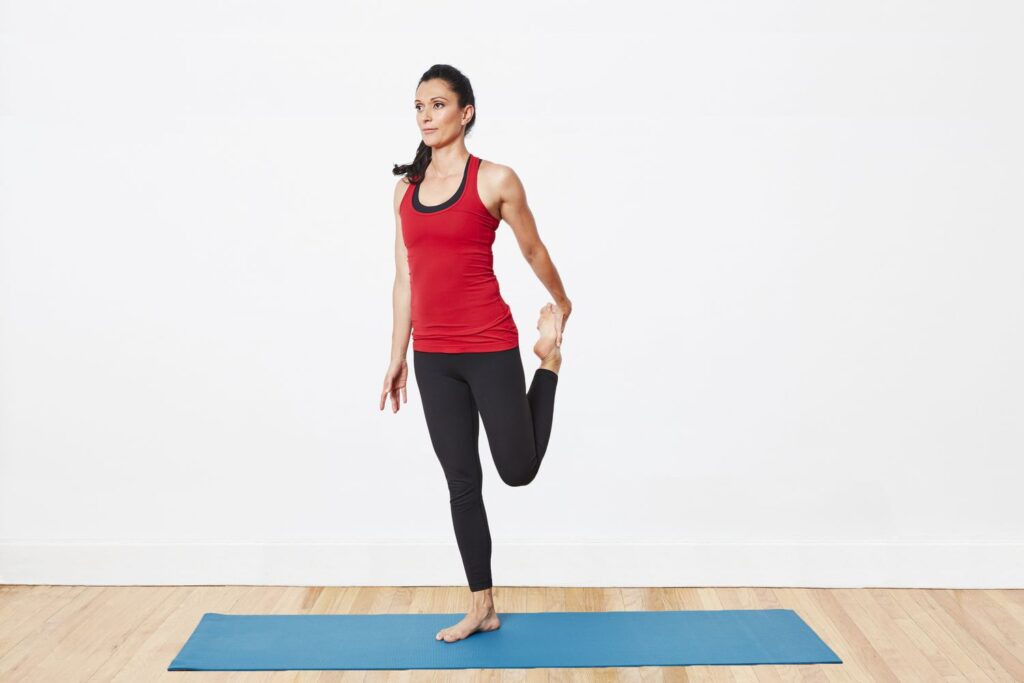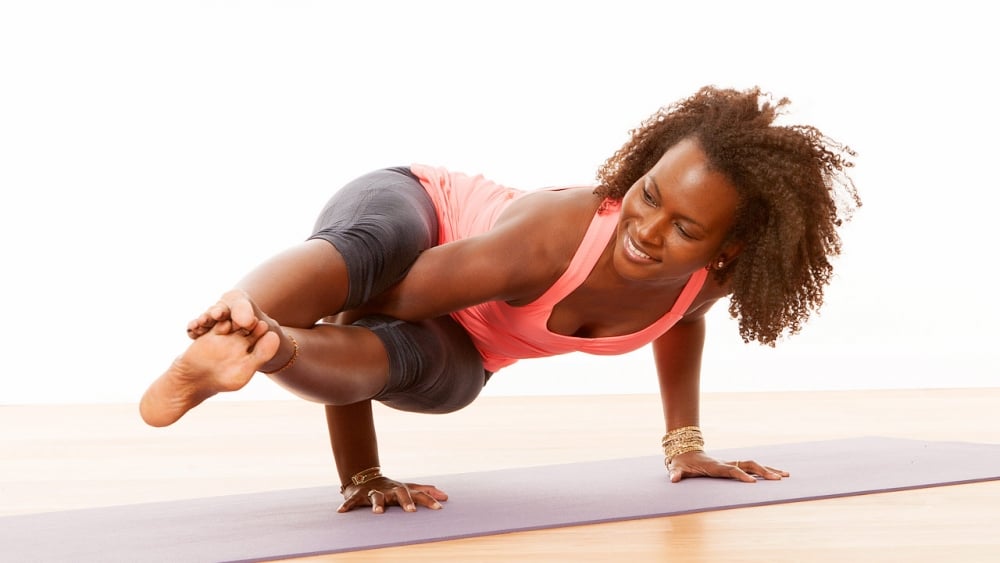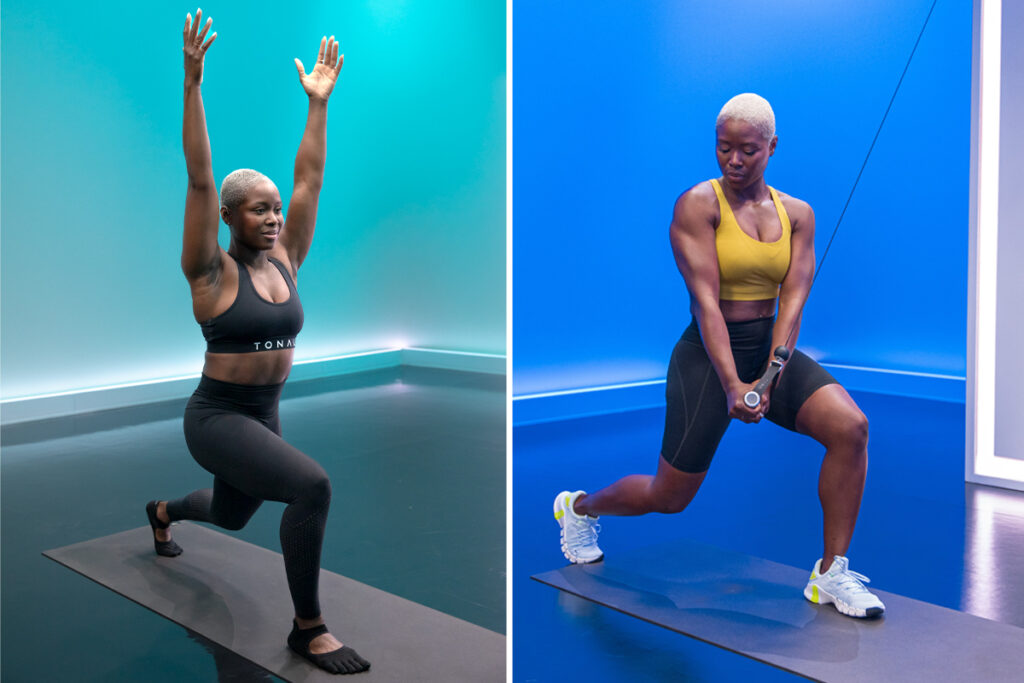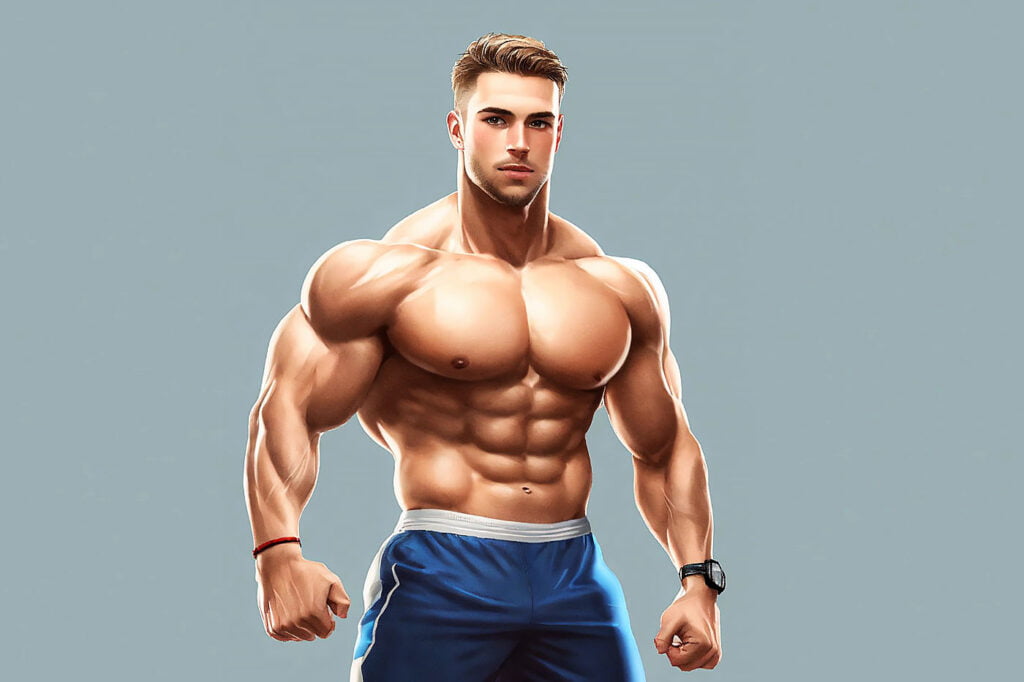Cycling primarily builds muscle in the legs, including the quadriceps, hamstrings, calves, and glutes. It also engages core muscles for stability.
Cycling is a fantastic cardiovascular activity that also strengthens and tones muscles. This low-impact exercise targets key muscle groups, particularly in the lower body. Cyclists can develop strong quadriceps, hamstrings, calves, and glutes by pedaling regularly. Additionally, the core muscles get a workout to maintain balance and stability.
Regular cycling not only improves muscle tone but also boosts endurance and overall fitness. As an accessible and enjoyable form of exercise, cycling is suitable for people of all ages. Make cycling a part of your routine to experience these muscle-building benefits and enhance your overall health.
Leg Muscles
Cycling strengthens the quadriceps. These muscles are at the front of your thighs. They help you pedal and push down. Strong quadriceps improve cycling performance.
The hamstrings are at the back of your thighs. They work with quadriceps to balance your legs. Hamstrings help in pulling the pedal up. This makes your pedaling motion smooth.
Calves are located at the back of your lower legs. They help in pushing the pedals. Strong calves make your legs more powerful. Cycling improves calf muscle endurance.

Credit: billbonebikelaw.com
Core Muscles
Cycling helps to strengthen your abdominals. Strong abdominals help you stay balanced. They support your upper body while you ride.
Obliques are the muscles on the sides of your stomach. Cycling works these muscles too. Strong obliques help you make quick turns. They also help you keep your balance.
Your lower back muscles also get stronger with cycling. These muscles help you maintain a good posture. A strong lower back supports your spine. It helps prevent back pain.
Glute Muscles
The Gluteus Maximus is the largest glute muscle. It helps you push the pedals on your bike. This muscle gives power to your cycling. Strong Gluteus Maximus means better speed and strength.
The Gluteus Medius is on the side of your hip. It helps to keep your balance. This muscle stops you from wobbling while you ride. It also helps in steering and turning your bike.
The Gluteus Minimus is a small muscle under the Gluteus Medius. It supports the other glute muscles. This muscle helps in stabilizing your hips. It works hard to keep your ride smooth.
Upper Body Engagement
Cycling helps to build strong shoulders. Holding the handlebars keeps your shoulders engaged. This helps in improving shoulder strength. This is especially true during long rides.
Arms stay active while cycling. Gripping the handlebars and steering the bike uses arm muscles. This helps in toning and strengthening your arms. Regular cycling can lead to stronger arms.
The upper back also benefits from cycling. Maintaining posture and balance engages the upper back muscles. This helps in reducing back pain and improving overall strength. Cycling can lead to a stronger and more toned upper back.
Benefits Of Muscle Building
Cycling builds muscle in your legs. This makes you stronger. Strong legs help you pedal better. You can ride faster and climb hills with ease. Strong muscles support your body. This reduces strain on your joints.
Cycling increases your stamina. Muscles get used to longer rides. You can cycle for hours without getting tired. This helps you in other activities too. Your whole body benefits from better endurance.
Strong muscles protect your bones. They provide stability. This lowers the risk of falls. Cycling also improves balance. Better balance means fewer injuries. Building muscles makes your body more resilient.
Training Techniques
Interval training helps improve speed and endurance. You switch between fast and slow cycling. This technique builds leg muscles and cardio strength. It also burns more calories. You can do this on flat roads or hills.
Hill climbing strengthens the quadriceps and hamstrings. It also works the glutes and calves. Climbing hills requires more effort. This makes your muscles work harder. Try to maintain a steady pace while climbing.
Long-distance rides improve stamina and endurance. They help build muscle over time. Your legs and core muscles get stronger. Riding for long periods also improves mental toughness. Take breaks to stay hydrated and energized.
Nutrition For Muscle Growth
Protein is crucial for muscle growth. Cyclists need adequate protein to repair and build muscles. Good sources include chicken, fish, beans, and nuts. Aim to eat protein-rich foods after cycling sessions.
Staying hydrated is essential for muscle function. Drink water before, during, and after rides. Dehydration can cause muscle cramps and fatigue. Electrolyte drinks can help replenish lost minerals.
A balanced diet supports overall muscle health. Include carbohydrates for energy and fats for long-lasting fuel. Vegetables and fruits provide necessary vitamins and minerals. A varied diet ensures all nutritional needs are met.

Credit: discerningcyclist.com
Recovery And Rest
Stretching helps muscles to relax and grow. It improves flexibility and prevents injuries. Stretch your legs, arms, and back after cycling. Hold each stretch for at least 20 seconds. Do not bounce while stretching. Gentle, steady stretches work best.
Massage eases muscle soreness and reduces tension. It boosts blood flow to muscles. A good massage can speed up recovery. Use your hands or a foam roller. Focus on areas that feel tight or sore. Regular massage keeps muscles healthy.
Sleep is vital for muscle recovery and growth. Aim for 8 hours each night. Deep sleep repairs muscle tissues. Lack of sleep can slow down recovery. A good sleep routine improves your cycling performance. Make your room dark and quiet for better sleep.
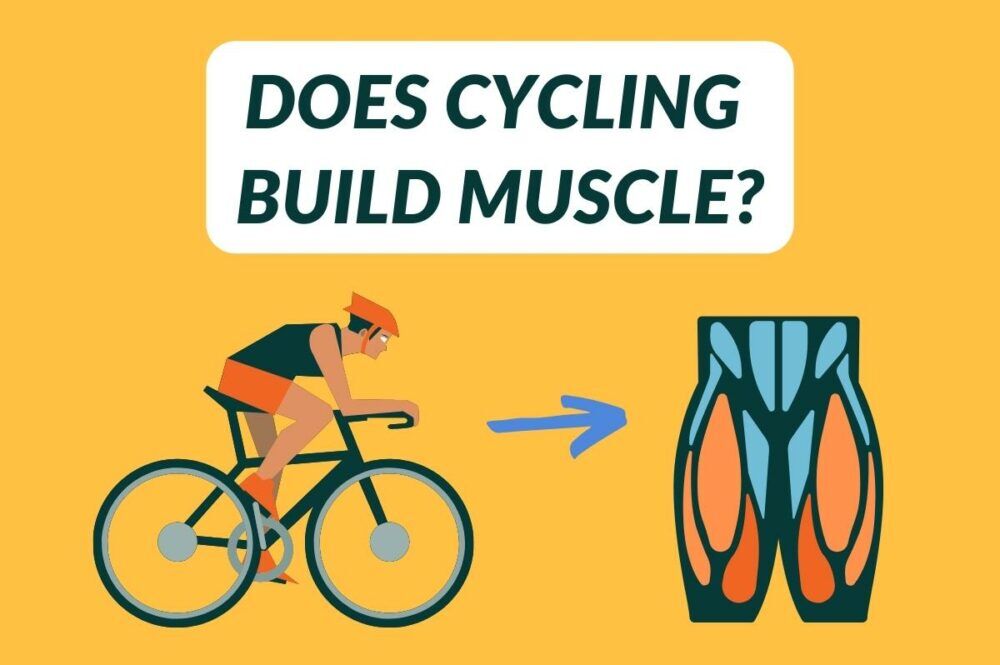
Credit: discerningcyclist.com
Frequently Asked Questions
Which Muscles Does Cycling Target?
Cycling primarily targets the quadriceps, hamstrings, calves, and glutes. It also engages the core muscles for stability. Consistent cycling helps tone and strengthen these muscle groups.
Does Cycling Build Leg Muscle?
Yes, cycling builds leg muscle, especially in the quadriceps, hamstrings, and calves. Regular cycling enhances muscle endurance and strength.
Can Cycling Improve Your Core Strength?
Cycling can improve your core strength. The activity requires core stability to maintain balance, which strengthens abdominal and lower back muscles.
Is Cycling Good For Muscle Toning?
Cycling is excellent for muscle toning. It engages various muscle groups and promotes lean muscle development, especially in the lower body.
Conclusion
Cycling effectively builds muscles in your legs, glutes, and core. It enhances overall strength and endurance. Regular cycling can lead to toned muscles and improved cardiovascular health. Remember, consistency is key for visible results. So, hop on your bike and start pedaling towards a stronger, healthier you!

